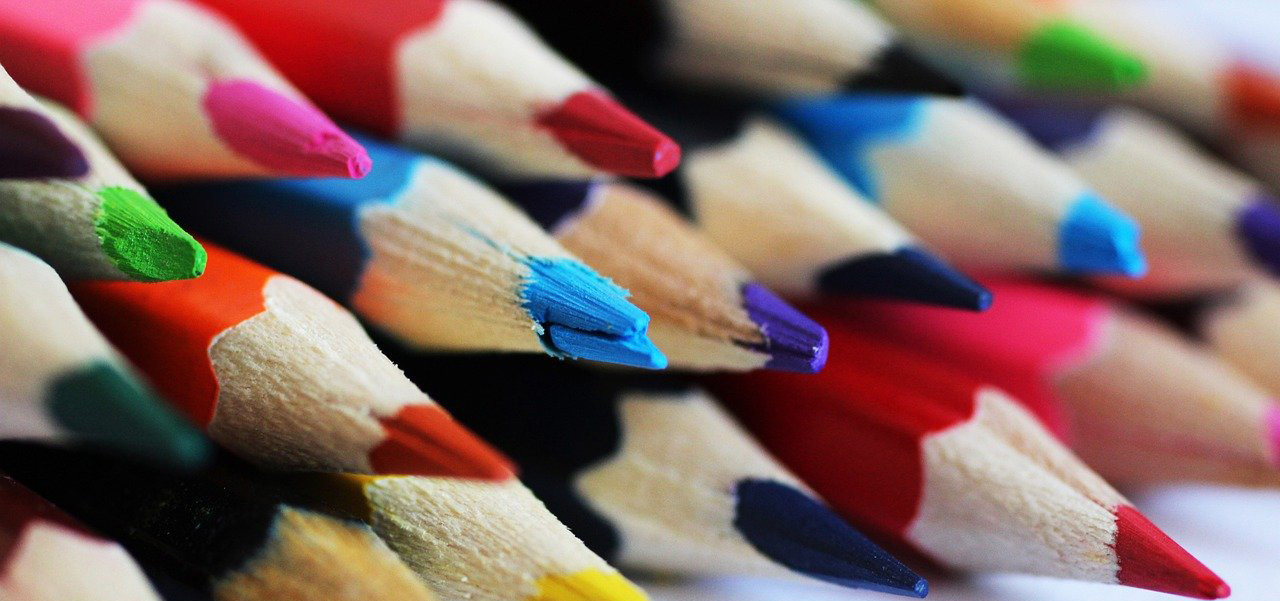Color pencils are indeed a fascinating combination of artistry and science. The intricate chemistry of pigments, binders, and fillers within these seemingly simple tools allows artists to create a wide range of vibrant and harmonious compositions. Understanding the composition and properties of colored pencils empowers artists to use them more effectively and bring their creative visions to life on paper. Whether it’s layering colors to achieve depth or burnishing for a polished look, the science behind color pencils plays a crucial role in artistic expression.
Color pencils are generally safe to use, but it is advisable to work in a well-ventilated area and avoid ingesting or inhaling pencil dust. High-quality color pencils can be found in art supply stores and online. By understanding the chemistry behind colored pencils, artists can unleash their creativity and create vibrant artworks.
Color pencils are a vital tool in art, allowing artists to create intricate and rich designs. The chemistry of binders, wax, and fillers is essential for creating a smooth, even texture and blending on paper. Wax content, such as Carnauba wax, is prized for its hardness and shine, while fillers like kaolin clay or talc adjust the core’s hardness. Understanding the chemistry of colored pencils is key to mastering blending techniques, such as layering and burnishing.
Choosing the perfect color pencil involves understanding lightfastness and color theory, which helps artists ensure the longevity of their creations. Pigment quality plays a pivotal role in determining the vividness, durability, and overall vibrancy of colored pencils. Inorganic pigments, derived from naturally occurring compounds, produce vibrant reds and yellows, while organic pigments, originating from plants and animals, offer a wide range of earthy, vivid colors. Synthetic pigments, created by manufacturers, provide a diverse color palette, ranging from brilliant neons to subtle pastels. By understanding the chemistry of colored pencils, artists can create stunning compositions that burst with color and wonder.
Pigment quality significantly impacts the vibrancy of colored pencils, affecting color intensity, lightfastness, bendability, layering potential, and resistance to breakage. High-quality pigments produce bold, intense strokes, making artwork come alive. They are less prone to fading, ensuring vibrant and true to their original form. Blendability is enhanced by finely milled pigments, allowing artists to create seamless transitions between colors, gradients, and intricate details. Layering potential is made easier with high-quality pigments, resulting in nuanced and vibrant combinations.
Artists should prioritize pigment quality when selecting color pencils, as they offer intense colors, exceptional blendability, and long-lasting brilliance. To create stunning colored pencil artwork, consider factors such as texture, weight, tooth color, and paper type. Smooth paper allows for fine details, while textured paper offers more grip for the pencil. Heavyweight paper is ideal for detailed and heavily layered pieces, while lightweight paper is best for quick sketches and practice. The toned paper adds depth and dimension to the artwork.
There are various types of paper, including drawing paper, watercolor paper, and colored pencil paper, each with its own unique properties and benefits. By choosing the right pigments and paper, artists can create vibrant and long-lasting artwork.
Color pencil artistry is a versatile medium that has been embraced by artists from various countries and cultures to express their creativity and unique perspectives. The art of creating colored pencil art can be influenced by various surfaces, such as wood panels, fabric, and stone. To create unique and effective color pencil art, artists should experiment with different papers and surfaces, consider the subject matter, layer wisely, test their tools, and consider using fixatives to protect the artwork.
Color pencil artistry has been shaped by Japan’s meticulous precision, Mexico’s vibrant expression, India’s intricate patterns and mythology, the United States’ diverse expressions, South Africa’s focus on wildlife conservation, Brazil’s Carnival and culture, and Australia’s nature and Indigenous heritage.
Collecting color pencil art can indeed be a rewarding and enjoyable hobby, and it’s essential to approach it with care and diligence to ensure you’re acquiring authentic and high-quality pieces.
“The Young Scientist” by Ann Kullberg: This artwork sold for $13,200 at auction in 2018. It is a highly detailed and realistic portrait of a young boy who is looking at a microscope.
“The Owl and the Three Chicks” by Ann Kullberg: This artwork sold for $12,000 at auction in 2019. It is a highly detailed and realistic portrait of an owl with its three chicks.
“The Rose” by Ann Kullberg: This artwork sold for $11,000 at auction in 2020. It is a highly detailed and realistic portrait of a rose.
These are just a few examples of the most expensive color pencil artworks. There are many other talented color pencil artists who create beautiful and valuable works of art.
If you are interested in collecting colored pencil art, it is important to do your research and learn about the different artists and styles. You should also be careful not to overpay for artwork, as there are many unscrupulous sellers who may try to sell fake or low-quality artwork at high prices.
In conclusion, color pencil artistry is a global phenomenon that reflects the unique cultures, traditions, and perspectives of different countries. Each culture adds its own distinct flavor to this versatile medium, showcasing the universal power of creativity and expression. By choosing the right paper and surface, artists can create their unique and captivating art that transcends geographical boundaries and connects people from all walks of life.

